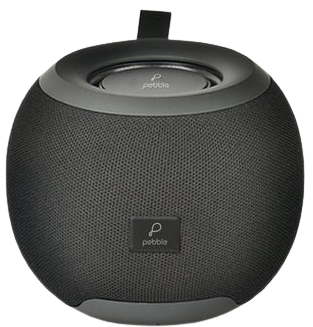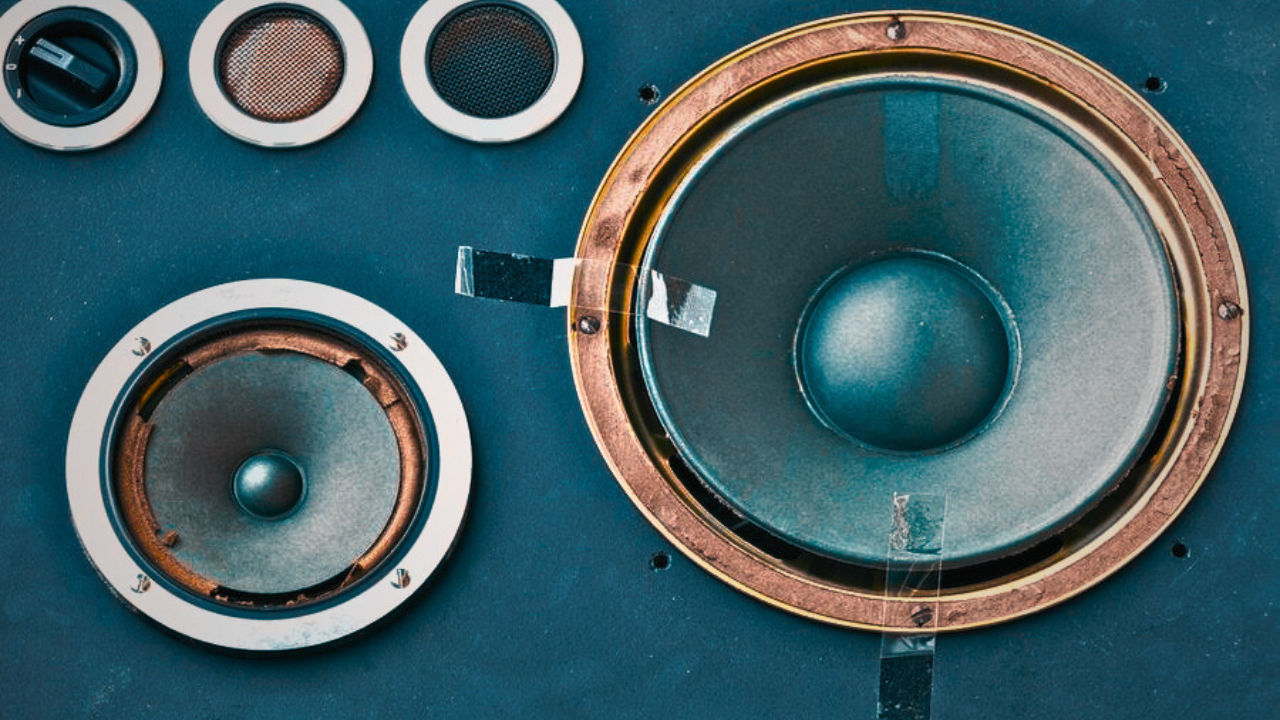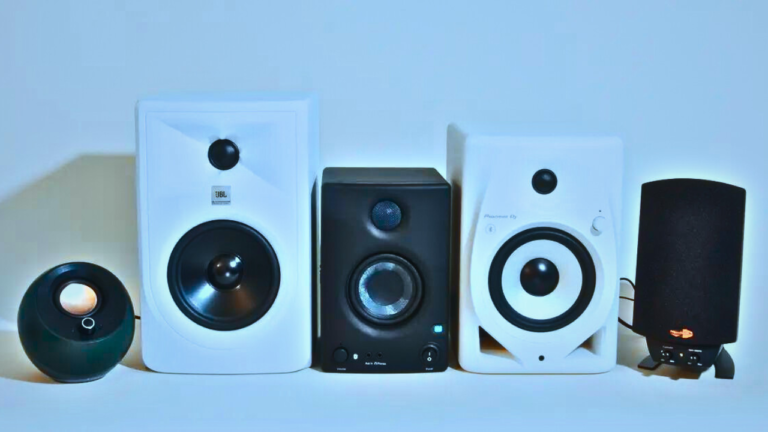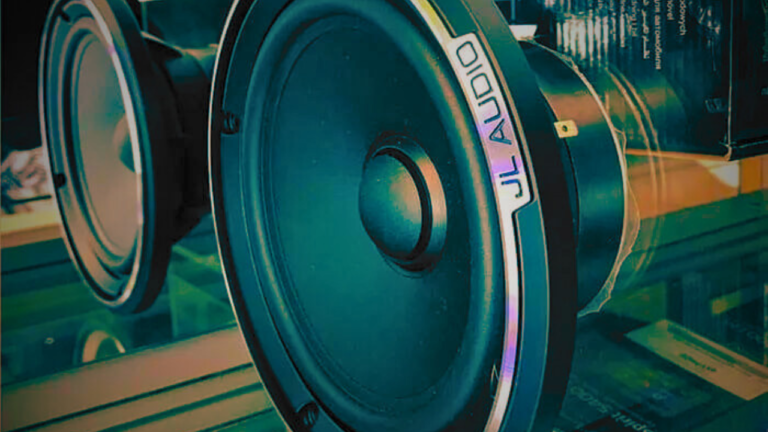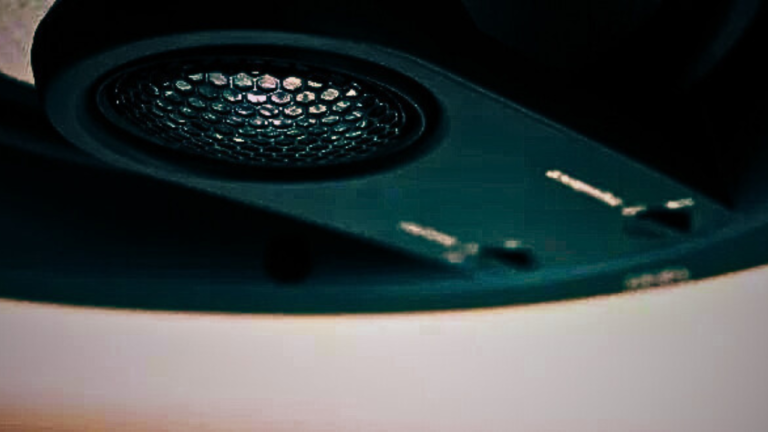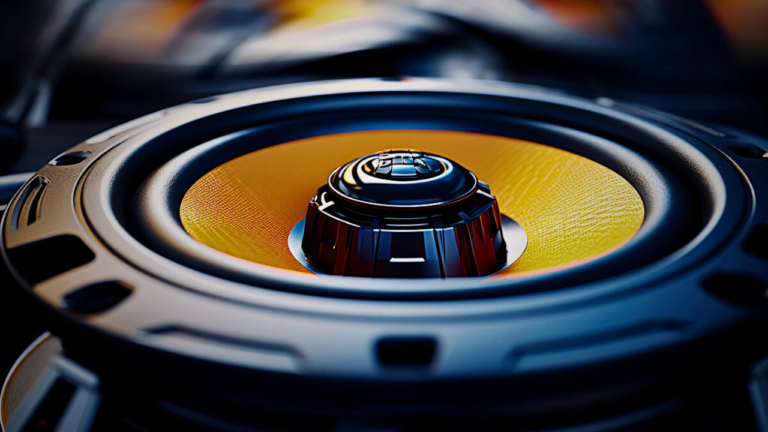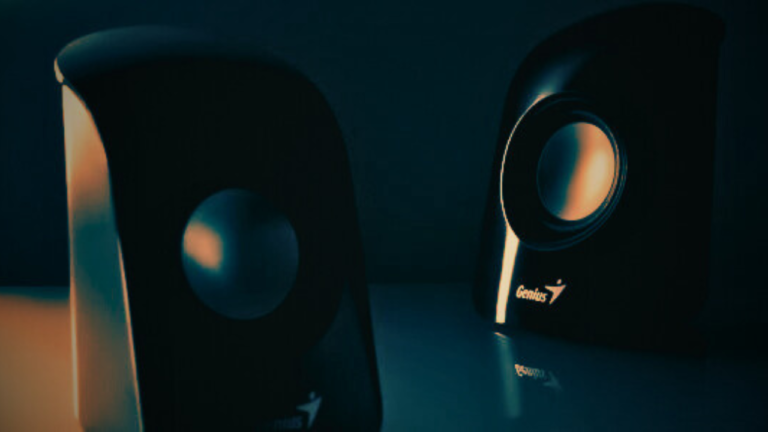How To Avoid Blowing Speakers?
Ever been in the middle of your favorite bass-boosted song only to be met with a deafening silence? Your speakers just blew out—yet again! But don’t worry; this common issue can be reduced or even entirely avoided. If you’re tired of constantly replacing your audio equipment and want to know how to keep those speakers pumping away without fail, you’re in the right place.
Preventing your speakers from blowing out involves keeping a few key factors in check, including volume, the odd buzzing sound, and most importantly, the quality of your sound system. Let us walk you through the necessary steps in the following sections:
- Understanding The Causes
- Monitoring The Volume
- Avoiding Clipping
- Proper Maintenance
Your speakers aren’t just a place from which sound emerges, but intricate pieces of technology. It’s critical to understand how they work to make sure they continue working.
Before we dive into the specifics, remember that each speaker is unique in its capabilities. What might work for one might not be suitable for another. Treat your sound system like what it is—an investment—and it will pay you back with years of high-fidelity sound and dropped beats.
Read also: Why Are Focal Speakers So Expensive?
What causes speakers to blow out?
Just as there’s no set recipe for the best chocolate chip cookies, speaker blowouts have a variety of potential causes. Let’s take a closer look.
1. Overpowering
One common cause is overloading a speaker with power, commonly referred to as “overpowering.”. This happens when the audio input is magnified excessively, forcing the speaker components to work beyond their designed capacity. This causes heat to build up, eventually damaging and blowing out the speaker.
2. Underpowering
Another scenario is “underpowering.”. You may wonder how not giving your speaker enough power could possibly cause harm. The answer lies in distortion. When an amplifier doesn’t have enough power to play the audio at the volume you’ve set, the signal becomes distorted, which can be harmful to speakers.
Lastly, playing audio with a lot of bass often becomes a culprit in speaker damage. High bass levels cause the drivers or cones to make large, heavy movements, adding extra wear and tear to the device. Over time, this stress can cause your speakers to blow out.
What are common signs of speaker damage?
Just like any other technological marvel, speakers can begin to falter and even fail. Recognizing the first signs of damage can help you intervene and avoid compounding the problem.
Distortion
One of the most common signs of speaker damage is distortion. If your favorite tunes are suddenly sounding fuzzy or unclear, especially at high volumes, it could mean that your speaker is on its way out.
Unusual Sounds
Other examples of speaker damage symptoms include popping, rattling, or humming sounds. These may be the result of a damaged cone or possibly a faulty voice coil.
Volume Fluctuations
Regular volume fluctuation is another major sign. Inconsistent sound output, even at one volume setting, is a red flag that your speaker could be damaged.
Non-Functioning
Of course, complete non-functioning speakers are quite possibly damaged or blown. If you’re getting no sound at all, even after checking all your connections and settings, this indicates a bigger issue that may need professional attention.
Understanding the signs of speaker damage is the first step towards prevention and treatment. Always remember that a swift response to these symptoms not only increases the chances of rescuing your speaker but also prolongs its performance life.
What preventative measures can be taken to protect speakers?
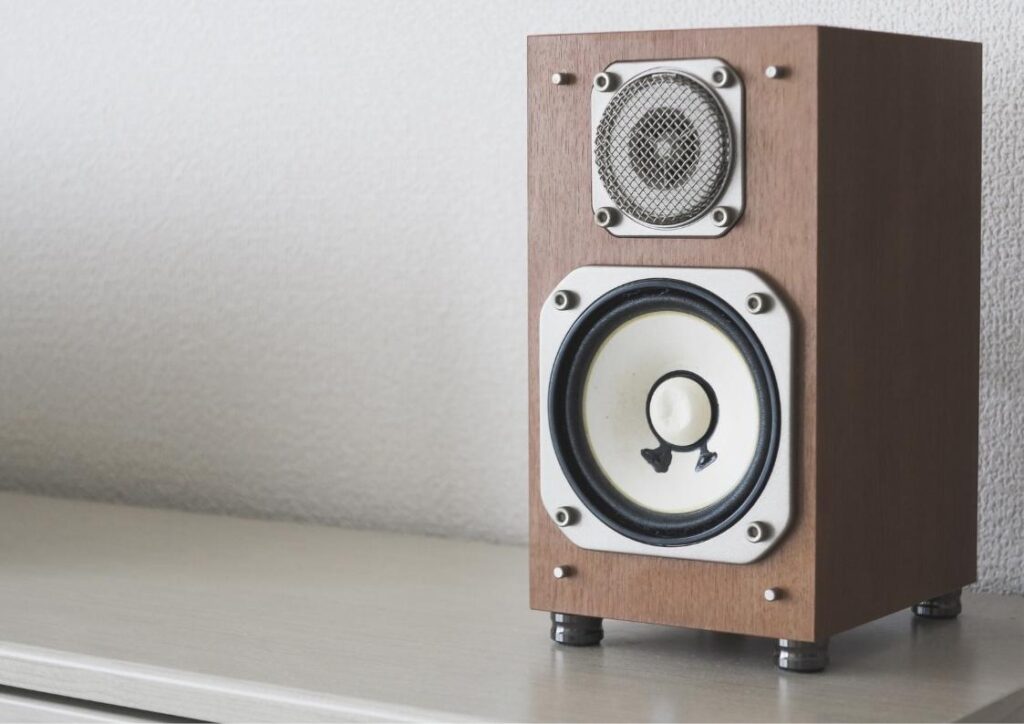
Before anything else, you should understand that prevention is key when it comes to keeping your speakers in outstanding condition. Taking certain measures into account can save you from the headaches of unintentional damage and, in turn, ensure a longer lifespan for your audio equipment. So, here are some preventive steps you can take:
1. Be Mindful of the Volume
Be cautious about cranking up the volume above the speaker’s capacity. While it may seem exciting, excessive volumes can harm the speaker’s components, particularly the woofer and tweeter, leading to distortion or even total failure. So, always keep your speaker volume within a safe range to avoid straining your speakers.
2. Leverage speaker protection circuits
Utilizing speaker protection circuits can be another preventive method. These circuits manage the power supply to the speaker and automatically disconnect the speaker from the amplifier in cases of excess power, thereby reducing the risk of speaker damage.
3. Proper Positioning
The position of your speakers can significantly influence their lifespan, too. For instance, placing them near walls or in corners can cause amplification of bass frequencies, which may bring about distortion and damage. As a rule of thumb, ensure there’s some distance between the speaker and surrounding objects for optimal performance.
4. Regular Maintenance
Last but not least, don’t underestimate the power of regular maintenance. Dusting your speakers, checking for signs of damage, and using them properly will not only enhance their longevity but also improve the overall audio experience. Remember, they require care just like any other electrical gadget.
By implementing these simple preventive measures, you can lessen the odds of dealing with blown speakers, thereby ensuring an awesome sound experience for the long haul.
Read also: How Long Do Car Speakers Last?
How does speaker volume affect its lifespan?
Consistently using your speakers at high volumes can significantly shorten their lifespan. High volume, in essence, puts exponential pressure on your speakers. This pressure produces heat that can gradually damage your speaker’s components, especially if you use them for long periods of time.
Physics Behind This Impact
Let’s dive a little deeper into what’s actually occurring. Each time you boost the volume, more electric current is delivered to the speaker’s voice coil. The voice coil is designed to translate this electric current into mechanical motion that moves the speaker cone, creating sound.
This process, however, generates heat. When the speakers are consistently played at high volumes, they struggle to dissipate this heat, which can gradually wear out the voice coil, reducing speaker longevity.
Impact on Different Speaker Components
This heat can eventually impact more than the voice coil. For instance, it may warp the speaker cone, disrupting the smooth, controlled movement required for accurate sound reproduction. It may also affect the adhesive holding the speaker components together, causing them to separate and eventually resulting in failure. Also, the heat may cause the magnet in the speaker to demagnetize, reducing its functionality.
Varying Volume for Speaker Health
Keeping the volume at moderate levels can prolong the lifespan of your speakers. Not only does this prevent the generation of damaging heat, but it also avoids exerting the mechanical components of the speakers. Additionally, periodic rest in-between uses, particularly after high-volume sessions, may allow your speakers to cool down, thereby increasing their lifespan and overall performance.
Which are the top recommended speakers for durability?
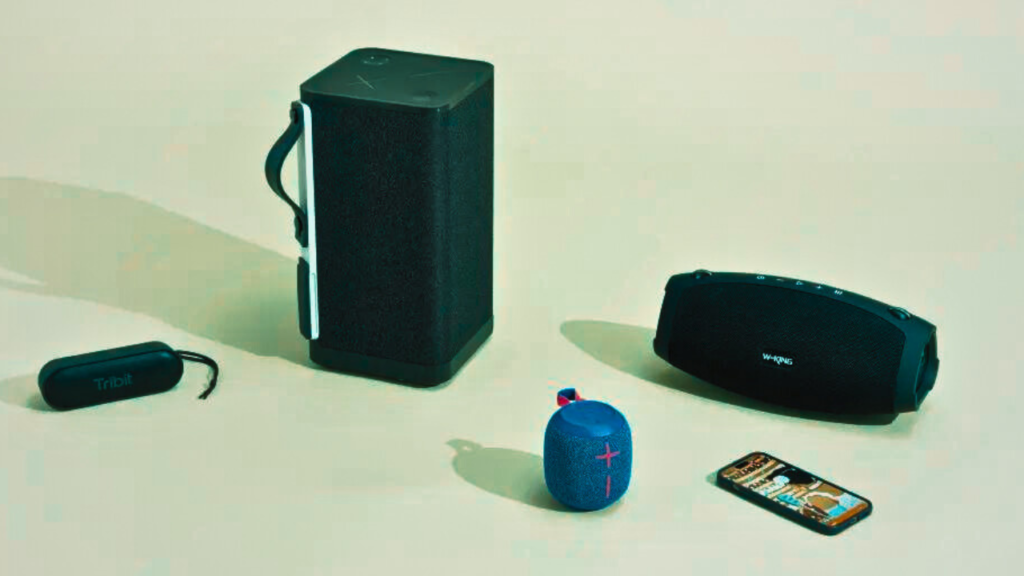
In the realm of speakers that strike an enviable balance between durability and outstanding sound quality, we’ve curated a list of some leading contenders that won’t let you down. Navigating the saturated market of speakers can be a daunting task, but by focusing on these top-tier selections, you can ensure you’re investing in a resilient and long-lasting sound system.
1. Klipsch Forte III
With a reputation for superb build quality and acoustic capability, the Klipsch Forte III is one speaker that truly stands the test of time. Drawing from the company’s rich history, these speakers feature intricately designed cabinets and robust drivers that together create an unrivaled sound experience while ensuring incredible resilience.
2. Dynaudio Focus 20 XD
Dynaudio’s Focus 20 XD is a testament to not only the brand’s renowned innovation but also its commitment to durability. Featuring advanced digital amplification and signal processing technology, these speakers guarantee not only sublime audio performance but also durability that will leave no room for concerns about longevity.
3. Q Acoustics 3050
For those seeking trustworthy speaker options on a budget, the Q Acoustics 3050 is a worthwhile contender. These speakers deliver high-quality, vivid sound while, concurrently, ranking high on endurance. The company’s commitment to quality materials and careful construction results in speakers that hold their ground for countless years.
Whichever speakers you decide on, it’s crucial to remember the earlier advice provided in the article about how to avoid blowing out your speakers. These tips and precautions ensure a longer lifespan for your speakers, preventing unwanted damage and guaranteeing continued top-notch sound performance.
| Brand | Speaker Model | Durability Features |
|---|---|---|
| JBL | Flip 5 | Waterproof, dustproof, and made with rugged material. |
| Bose | SoundLink Revolve+ | Water-resistant, 360-degree sound coverage, shock-absorbent exterior. |
| Sonos | Move | Weather-resistant, drop-resistant, built-in automatic Trueplay tuning. |
| Anker | Soundcore Motion+ | Waterproof, dustproof, and an advanced digital signal processor. |
| Ultimate Ears | MEGABOOM 3 | Waterproof, dustproof, drop-proof, high-performance fabric. |
Conclusion
In conclusion, protecting your speakers from damage is less about the speakers themselves and more about how you use and maintain them. By being mindful of the volume, positioning them correctly, implementing regular maintenance practices, and leveraging speaker protection circuits, you can significantly extend the lifespan of your speakers, regardless of their make or model.
Remember, speakers aren’t just pieces of equipment; they’re investments. Treat them with the care they deserve, and they’ll deliver high-quality sound for many years to come.
Whether you’re a music aficionado or a home theatre enthusiast, understanding how to avoid blowing speakers can be a game-changer. It’s all about balance and respecting the limits of your gear. So, go ahead, nurture the audio enthusiast in you, and, simultaneously, ensure your speakers live a long, thriving life.
Read also: Does MSI Curved Monitor Have Speakers?
FAQs
Can blown-out speakers be repaired?
Absolutely! Depending on the severity of the damage, many speakers can be rescued with the right knowledge and tools. Keep in mind that it’s usually the speaker’s cone that ends up damaged, which can be replaced or reconstructed depending on the model and material.
How can I tell if my speaker is blown out without sound?
An easy way to check is by performing a visual inspection. Look for signs of damage, like rips or holes in the cone. You can also gently push the cone with your fingers. If it doesn’t move, or if it moves and produces a scratching noise, it might be blown.
Is it bad to use a speaker with a blown cone?
Yes, it could damage your audio device further. A blown speaker could distort other elements of your audio or overheat your system. It’s best to repair or replace a blown speaker as soon as possible.
How long do speakers typically last?
With proper care, a quality speaker can last 10–20 years or even longer. Factors like volume, care, and maintenance can significantly impact their lifespan.
What’s the difference between speaker distortion and just bad audio quality?
Speaker distortion is a product of damage or misuse and results in a compromised and often unpleasant sound. Bad audio quality, on the other hand, can be due to various factors, including poor recording quality, low-quality audio files, or inadequate audio equipment.
Can weather affect my speakers?
Indeed, extreme heat can cause the cone to dry out or the adhesive used in the speaker to deteriorate. Conversely, extreme cold can make some speaker materials brittle and susceptible to damage. Humidity can also be detrimental, particularly for speakers made from porous materials like paper and certain types of plastic.
Are underpowered speakers a big risk?
Yes. It may sound counterintuitive, but speakers can be just as easily damaged by underpowering as by overpowering. Underpowering often leads to clipping or distortion, which can damage the speaker. Always ensure your amplifier or sound source delivers an appropriate amount of power for your speakers.
Can certain frequencies damage speakers?
It’s not just about volume. Substantial amounts of power at certain frequencies can be harmful to speakers. For example, large amounts of low-frequency sounds (bass) can overwork a speaker if it hasn’t been designed to handle these frequencies.
How often should I clean my speakers?
This largely depends on the environment in which they’re being used. In a home environment, a general dust-off and cleaning every few months should suffice. If they’re being used in a professional or outdoor setting, they may require more frequent maintenance.
What speaker brands are known for their durability?
Many brands are renowned for producing long-lasting speakers. Some of these include Klipsch, Dynaudio, and Q Acoustics. It’s always worth doing your research to find the most durable options within your budget.

Hey there! I’m Henry Jack, the voice behind speakerrealm.com, your ultimate destination for everything speakers. Whether you’re a seasoned audio enthusiast or just starting to explore the world of sound, you’ve come to the right place.
At Speaker Realm, I dive deep into the realm of speakers, bringing you comprehensive reviews, insightful guides, and the latest trends in the industry. From floor-standing behemoths to compact bookshelf wonders, I cover it all.
I’m passionate about helping you find the perfect speakers to elevate your audio experience. Whether you’re setting up a home theater, upgrading your sound system, or just looking for some quality audio gear, I’ve got you covered.
But Speaker Realm isn’t just about technical specs and performance metrics—it’s also about the art and science of sound. I explore topics like acoustic design, speaker technology, and the impact of audio on our lives.
So whether you’re a casual listener or a hardcore audiophile, join me on this journey through the world of speakers. Let’s turn up the volume and explore the endless possibilities of sound together at speakerrealm.com!
